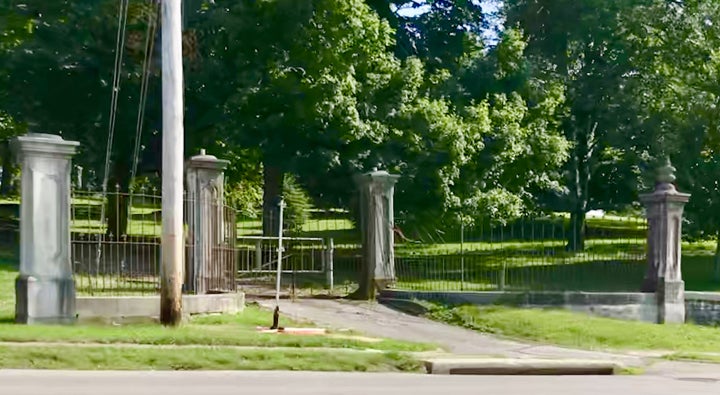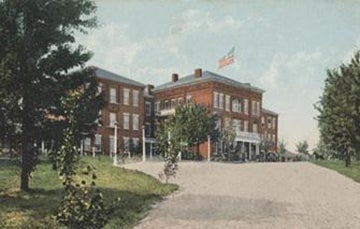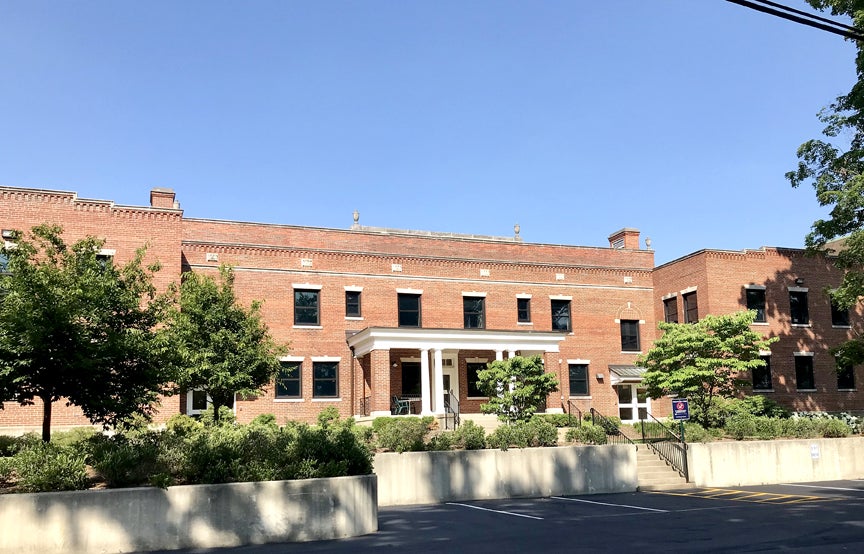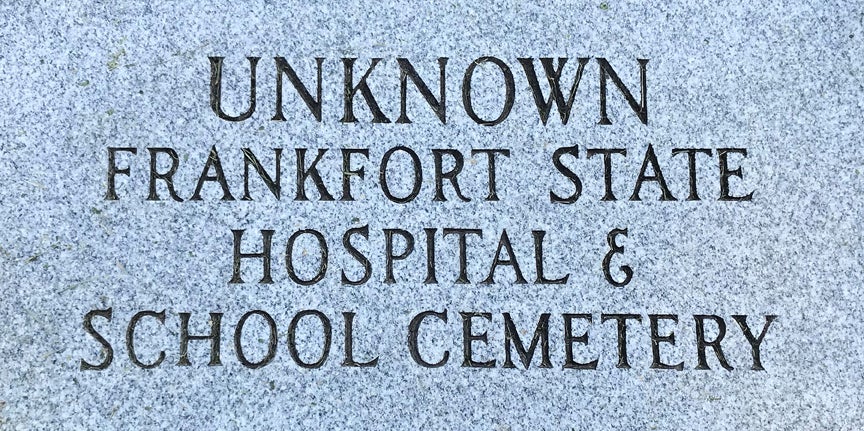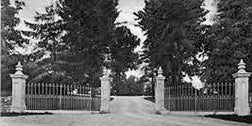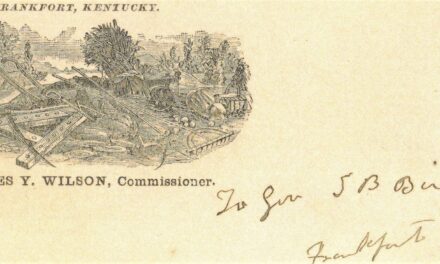By Roger Barlow,
In 1860, Kentucky Governor Beriah Magoffin, following in the footsteps of other states, established a facility for those that seemingly did not belong in society, born into this world with mental conditions or diseases at no fault of their own.
The Kentucky State Institute for the Education of Feeble-Minded Children and Idiots — considered a kindness at the time — put these children amongst their own. Labeled in life by society and judges as idiots or imbeciles, federal census records categorized them as inmates. Upon death and perhaps the final indignity, many were branded in stone for eternity as “UNKNOWN.”
Regrettably, average intelligent people with epilepsy became part of the institutional population. The anticonvulsant drug phenytoin, commonly sold under the brand name Dilantin, was not found to alleviate seizures until 1938 and was not approved by the U.S. Food and Drug Administration until 1953. Mixing epileptics and those with mental disabilities was nothing short of traumatic for all involved.
Witnessing a seizure is alarming to the calmest of individuals. Imagine the distress a disabled person would endure. Requests by the institute to place people with epilepsy in another facility fell on deaf ears.
Typically, the institute gave the disabled menial tasks and taught them the most basic of life chores in hopes that one day they may be released back into society. Some made it out. Others lived their entire lives at the facility providing free labor for the upkeep of the institution’s buildings, land and farm.
In the 1940’s, perhaps realizing the negative connotation of the name, the name was changed to the Kentucky Training Home and admitted adults. The population swelled to over 1,100 —almost double capacity — and the facility structures fell into dire condition. The carpenters and painters worked tirelessly to keep the facility from crumbling.
Around 1963, the institute’s name was changed to the Frankfort State Hospital and School only to be closed in 1972 due to the commonwealth’s need to expand the Cabinet for Families and Children. Tuberculosis, pneumonia and seizures were routine causes of death at the institution. Sadly, some remains of the deceased went unclaimed by their families.
Universities bought some for medical research. Others were laid to rest on the grounds. Later, the burial ground was also needed, so the unfortunate remains of over 400 were exhumed and re-interred in a plot across Glenn’s Creek Road from the much more grand Frankfort Cemetery.
Thankfully, a yearly cleanup of the cemetery is now conducted by the members of the Protection and Advocacy for Individuals with Developmental Disabilities (PADD) Advisory Board — ensuring that the cemetery is not forgotten.
In 2014, a historical marker was erected, dedicated to Kentuckians who lived and died at Frankfort State Hospital.
The institute’s grand entrance on East Main Street still stands precariously, perhaps as a skeletal reminder of the idea that once was.
Only one building of the former institution is left. It’s now called the “Jones Building” on Glenn’s Creek Road and was most likely a boys dormitory. Before the restoration of this building, I had the opportunity to walk amongst its hallways and basement. The roof leaked, the paint peeled. The foul odor that permeated the air was crippling. Getting out as fast as possible was all that was on my mind. Escapes from the institution were routine. I understood.
As a person with epilepsy, if I had been born during a different era, I may have been amongst the institution residents, buried in the field of unknowns. Death records exist that give a name to many of those buried in the graves so marked.
While the 2014 historical marker is a grand improvement, perhaps one day a memorial stone, including the names of the known deceased, should be erected to correct the final indignity.

